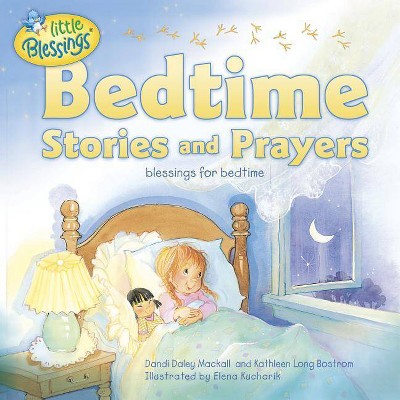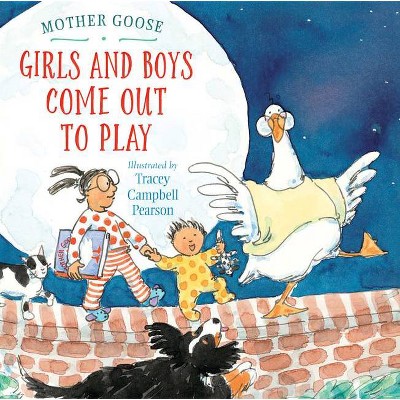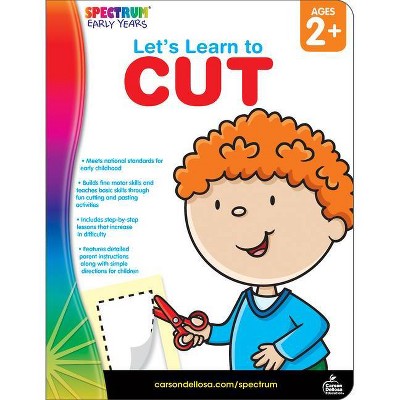Wild in the Streets - by Marilyn Singer (Hardcover)

Similar Products
Products of same category from the store
AllProduct info
<p/><br></br><p><b> About the Book </b></p></br></br>Humans may have built towns and cities, but we aren't the only ones who live in them. Given the smallest chance--a park, a garden, a window box; a basement, a subway tunnel, a bridge--wildlife manages to survive in the city. Among colorful illustrated pages buzzing with city life and animal activity, you'll discover the host of wild animals who live among humans: butterflies, bats, spiders, honeybees, coyotes, and more. Each animal's story is told through a short poem accompanied by an informational paragraph. Some poems are comical, some poignant, and all make the reader see the world in a different way. After a rousing exploration of animal life, find definitions of the various types of poetry forms used in the book: haiku, cinquain, sonnet, terza rima, villanelle, triolet, reverso, acrostic, and free verse. Look around--you may discover you're in an urban jungle!--<p/><br></br><p><b> Book Synopsis </b></p></br></br><b>* 2020 Animal Behavior Society's Children's Book Award Finalist <br> * 2019 EUREKA! Honor Award <p/> This beautifully illustrated book pairs poetry with nonfiction, telling the fascinating stories of the animals who have found homes in our city landscapes across the world, from the pythons traveling Singapore's sewers to the monkeys living in India's temples.</b> <p/> Humans may have built towns and cities, but we aren't the only ones who live in them. Given the smallest chance--a park, a garden, a window box; a basement, a subway tunnel, a bridge--wildlife manages to survive in the city. <p/> Among <b>colorful illustrated pages</b> buzzing with city life and animal activity, you'll <b>discover the host of wild animals who live among humans</b>: butterflies, bats, spiders, honeybees, coyotes, and more. <b>Each animal's story is told through a short poem accompanied by an informational paragraph</b>. Some poems are comical, some poignant, and all make the reader see the world in a different way. <p/> After a rousing exploration of animal life, find <b>definitions of the various types of poetry forms used in the book</b>: haiku, cinquain, sonnet, terza rima, villanelle, triolet, reverso, acrostic, and free verse. <p/> Look around--you may discover neighbors you didn't know you had!<p/><br></br><p><b> Review Quotes </b></p></br></br><br><b>"An excellent option for poetry and animal nonfiction collections."</b>--<i><b>School Library Journal</b></i><br><br><b>"An excellent tool for classrooms exploring poetic forms, animal science, or both"</b> <br> --<i><b>Booklist</b></i><br><p/><br></br><p><b> About the Author </b></p></br></br><p><b>Marilyn Singer</b> is a multi-award-winning children's author who has written many books, spanning poetry, picture books, fiction, and non-fiction. Her awards include the 2015 NCTE Award for Excellence in poetry, the Cybil Award for Poetry 2011, and several Children's Choice and Parents' Choice Awards, among others. She lives in Brooklyn, New York. <br> </p>
Price History
Price Archive shows prices from various stores, lets you see history and find the cheapest. There is no actual sale on the website. For all support, inquiry and suggestion messagescommunication@pricearchive.us




















